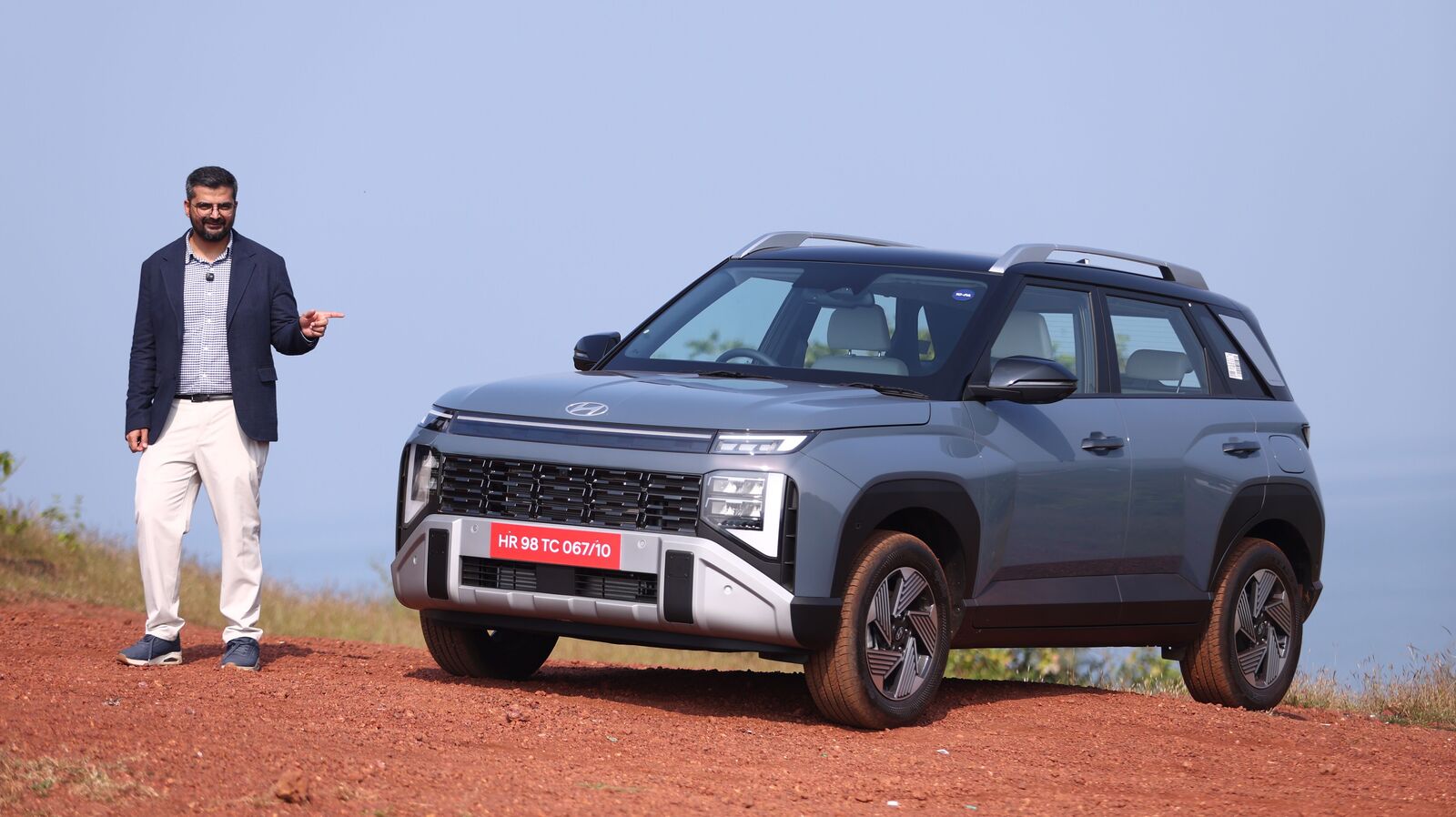What's new on Venue?
For most people, the 2025 Venue will immediately stand out as a larger, more well-designed SUV. It now looks much more stylish thanks to several new design elements, and its overall appearance is more in line with Hyundai's larger SUVs like the Creta and Alcazar. In fact, many are already calling it the “Mini Creta” – a moniker which, in my opinion, actually works in the Venue’s favour.
More importantly, Hyundai claims that it has significantly improved the safety of the SUV by transitioning to the new global K1 platform. Although the Venue has not yet been tested by crash agencies, it is expected to perform better than before, as this new architecture is much stiffer than the older K2 platform, with more use of ultra high-strength steel in key structural areas. This is worth noting because design and feature upgrades are expected with any update, but adopting an entirely new platform for better security is a big step.
Kudos to Hyundai for making this a priority.
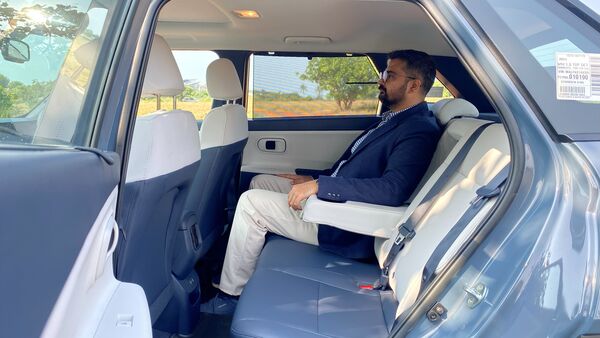
Also, the main attraction in my opinion is the larger wheelbase which has opened up more legroom for the second row passengers. And yes, the SUV has now become longer and wider, while the overall length remains the same. The rear seat now benefits from a 20 mm longer wheelbase and the scooped-out backs of the front seats, giving passengers a significant increase in knee room. However, the thigh support still leaves room for improvement. Shoulder space has also increased slightly, although fitting three adults on the rear bench remains a tough affair. On the positive side, rear passengers continue to get reclining seats and Hyundai has now added sunshades for added comfort.
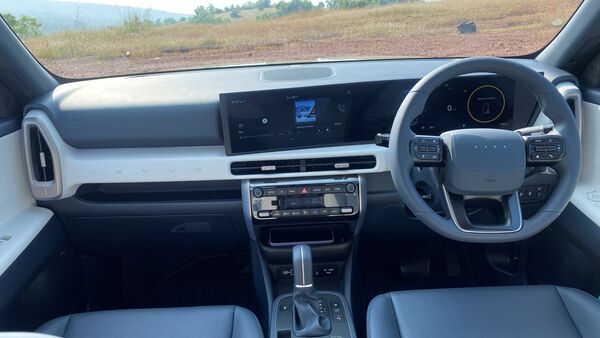
The cabin of the Hyundai Venue feels like a worthwhile step up in both quality and experience. The dashboard now gets a cleaner, more modern layout with a redesigned center console and better materials that give a more premium feel. The highlight is the new dual 10.25-inch screen setup – one for the infotainment system and the other for the fully digital instrument cluster – bringing a tech-rich ambience that is usually seen in the above segment. Hyundai has added features that really enhance the everyday practicality, including ventilated front seats, a wireless charger, rear AC vents, a 360-degree camera, and connected car tech with expanded functionality. The seats are more supportive, and the increased cabin space makes the Venue more spacious than before. Subtle but thoughtful touches like ambient lighting, Type-C fast charger and improved storage area further enhance the in-cabin utility. It is worth noting that Level-2 ADAS is also available in it.
What's it like to drive?
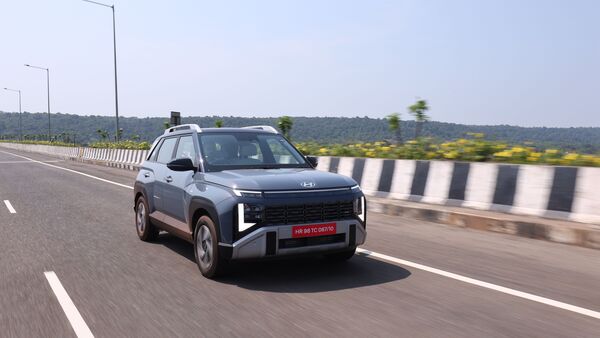
I admit, I have driven most Hyundai vehicles, but never the Venue. And when I got the opportunity to test drive the 1.0-litre turbo, I immediately said yes. For reference, the SUV is available in several engine and transmission options that are carried over from the previous model year, the only addition being the introduction of an automatic gearbox option on its diesel engines. Powertrain options available on the Hyundai Venue include:
- 1.2L NA petrol (4-cylinder) 83 hp / 115 Nm: paired with 5-speed manual
- 1.0 liter turbo-petrol (3-cylinder) 120 hp / 172 Nm: Transmission options: 6-speed manual or 7-speed DCT
- 1.5 liter turbo-diesel (4-cylinder) 116 hp / 250 Nm: Now available with a 6-speed manual along with a 6-speed torque converter automatic.
As I mentioned earlier, driving the Venue was a refreshing experience for me, but one thing immediately became familiar, the refined rumble of its 1.0L turbo-petrol engine and the trademark fluid steering feel that clearly makes a Hyundai, a Hyundai.
Right off the start line, the Venue immediately reminds you that this is a compact SUV built for everyday Indian road conditions. It's a practical package, and its compact footprint inspires confidence, especially when navigating tight, crowded corners where its agility really shines. The 1.0-litre turbo-petrol unit I drove felt lively, especially in Sport mode. However, in Eco and Normal modes, it becomes breathless if you press the accelerator hard. That said, refinement levels are fine, and the 7-speed DCT delivers quick, smooth and predictable gear shifts. However, don't expect it to go fast like a hot-hatch, as it's not really intended to do that. There's a little turbo-lag in the lower rev-range, especially if you try to drive it too enthusiastically, but given the size of the engine, it's nothing I'd complain about. The 1.0 turbo unit has enough power for you to enjoy everyday drives without any theatrics and it delivers exactly that, nothing more.
Handling and Ride Quality:

What really stands out is how confidently the Venue handles broken roads and uneven stretches and Goa had plenty of those on offer. Even before the Venue got onto the highway to stretch its legs, the potholes around the next corner ensured that the suspension was put to work. I even took it to the top of a hill for some epic shots, and the mix of tarmac, rough patches and mild off-road sections gave me a clear feel of Hyundai's suspension tuning. It's clear that the Venue has been engineered as a family-comfort-focused SUV, not something you'd choose for carving corners.
The Venue's suspension setup (MacPherson strut at the front and coupled torsion beam axle at the rear) does a commendable job of absorbing most of the impact without letting anything harsh seep into the cabin. After driving it for a whole day on the bumpy, narrow and winding roads of Goa, I was really impressed with how well the suspension has been tuned to deliver a luxurious, cushy ride.
Last words:
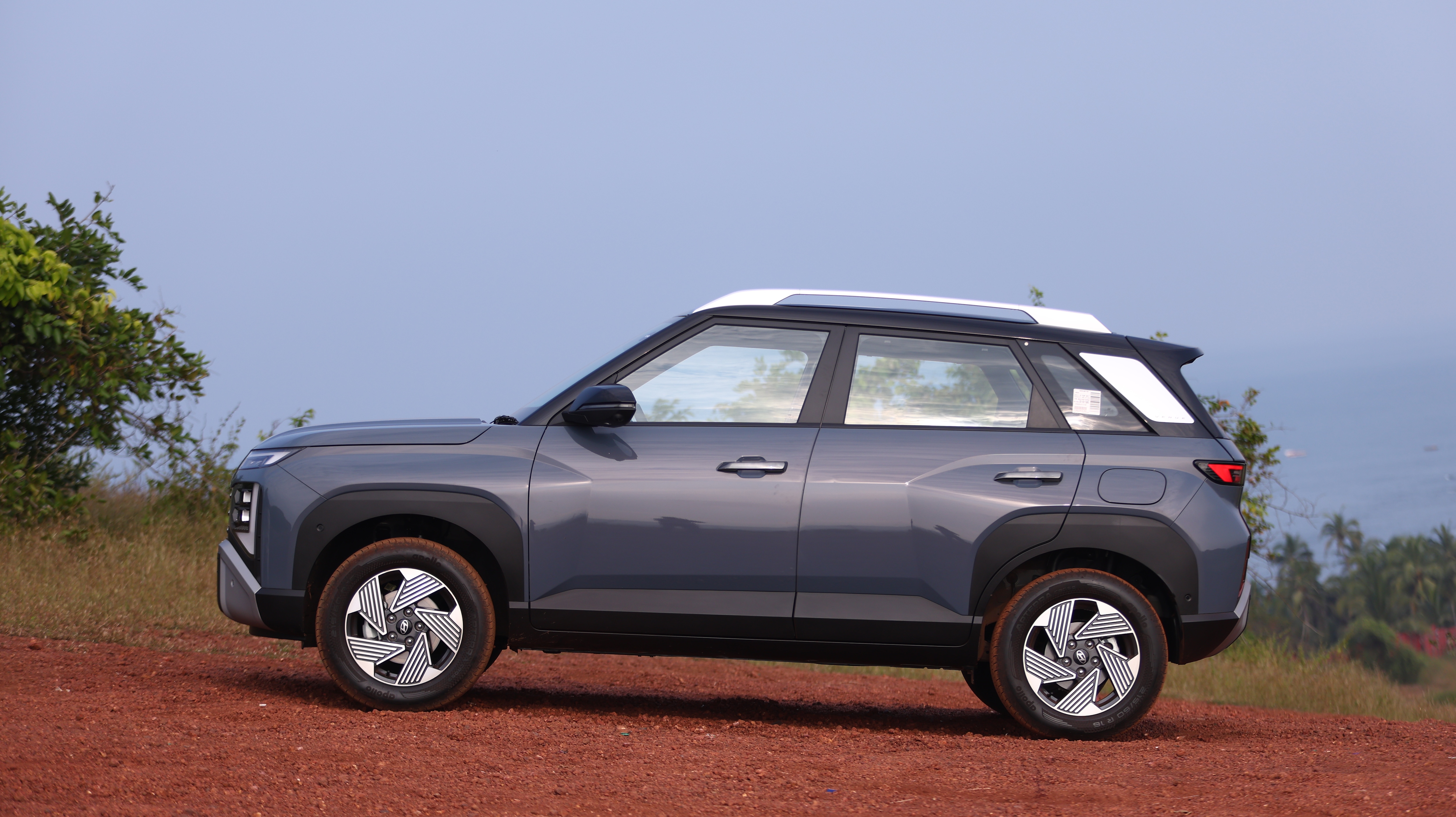
I've rarely found myself really impressed by sub-compact SUVs, but the new Venue has changed that, despite me not being an SUV person and certainly not a fan of compact SUVs. However, from an average Indian buyer's perspective, the Venue falls short on a lot of parameters. It's not just feature-rich; It presents a compelling value proposition.
Hyundai has kept the starting price attractive 7.89 lakh (ex-showroom). However, as you climb the ladder, prices increase rapidly – Rs 14.74 lakh for turbo-petrol DCT, 15.48 lakh for the top-spec N Line, and Rs 15.69 lakh for the diesel automatic – positioning the higher trims among the most expensive trims in the segment. I just wish the top-end variant was priced a little more aggressively, because otherwise, Hyundai has nailed the Venue's brief.
It's clear that the new Venue aims to deliver more value than ever before while remaining competitive. It's grown in size, its feature list has expanded, and it's claimed to be safer thanks to a new platform – all while maintaining the easy, confident driving manners it's always been known for.
2025 Hyundai Venue: Strengths and weaknesses
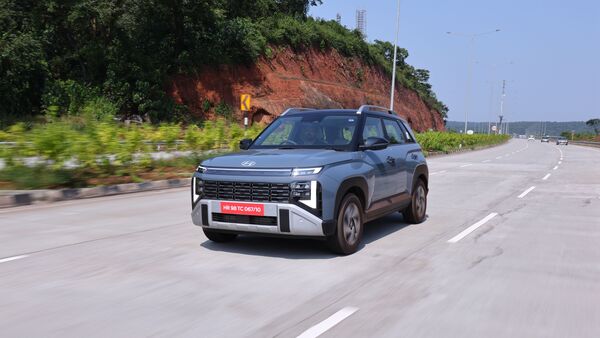
I love:
- Updated design, streamlined proportions, modern look
- Excellent suite of interior features, and excellent cabin feel
- Comfortable and cushioned ride quality
I dislike:
- Higher prices on top trims
- Handling him doesn't inspire confidence
- Turbo lag on 1.0 liter (3 cylinder) engine
First publication date: 23 November 2025, 15:58 PM IST

